Why Taking a Cross-Channel Approach to Customer Engagement Matters
Published on May 06, 2021/Last edited on May 06, 2021/4 min read
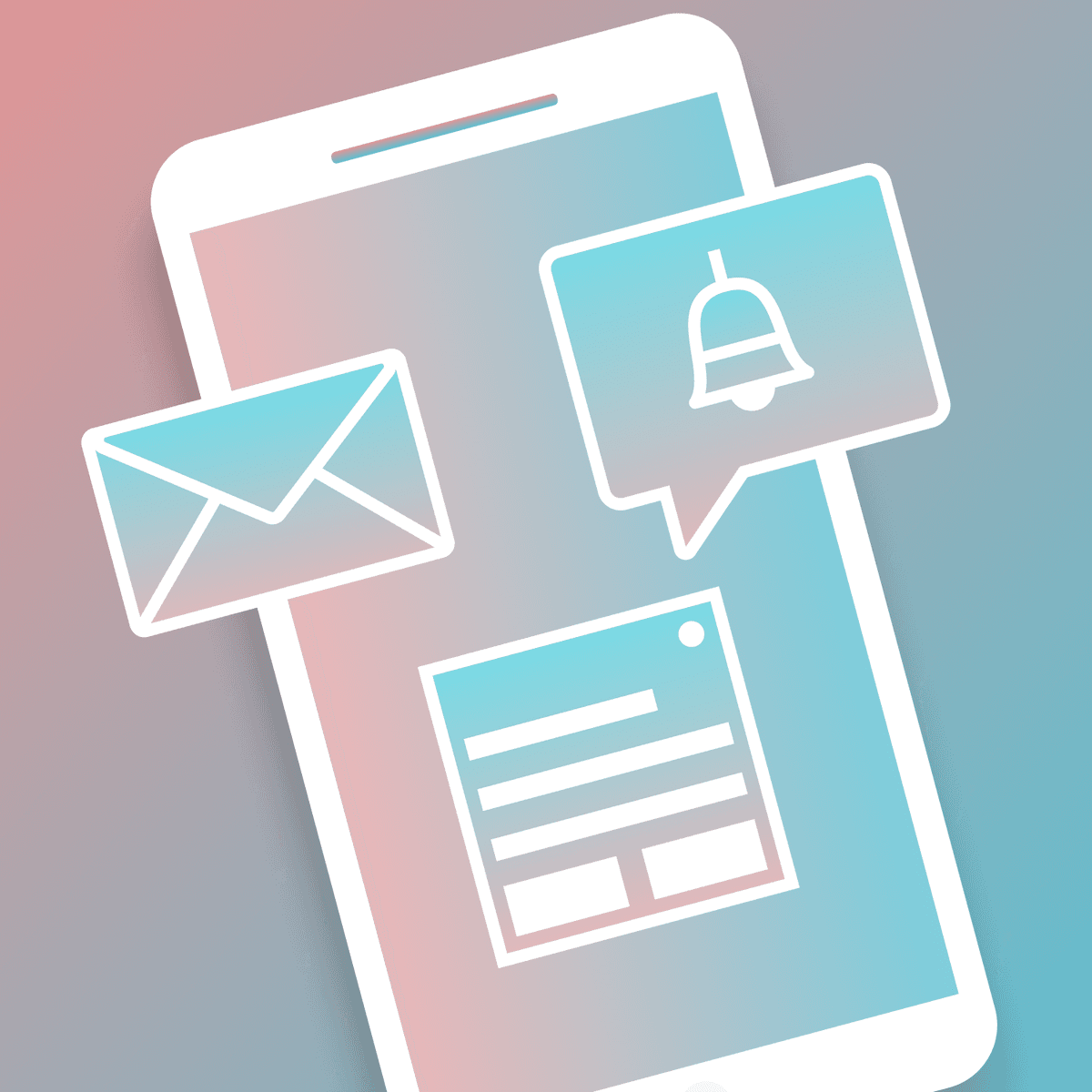

Mary Kearl
WriterIn the early days of digital, email marketing was one of the few ways companies could keep the conversation going with customers outside of visits to their physical locations or websites. With the advent of mobile, we've seen the rise of a growing number of channels, including push notifications, in-app messages, SMS marketing, and messaging apps like WhatsApp and Facebook Messenger.
Thanks to cross-channel engagement, brands looking to figure out how to drive higher user engagement no longer have to figure out which is the one right channel to reach their customers, but instead can make use of a combination of channels to connect, keep customers informed, encourage conversions and long-term relationships, and make a difference over time.
What Is Cross-Channel Customer Engagement, Anyway?
When we talk about cross-channel engagement, what we mean is using the right mix of channels to reach your customers in a way that both maximizes the strengths and potential of each channel, while at the same time delivering value to your customer, without over-communicating and overwhelming individuals with too many messages.
With an effective cross-channel engagement approach powered by real-time personalization, brands can reach customers via their preferred messaging channels, at the right time, with the right message. And the impact of landing on the ideal mix of channels tailored to each individual customer is not only powerful, it can be transformative.
Single-Channel Engagement Can Have an Impact
Using just one single marketing channel, like email marketing or web push notifications alone, can have a significant impact on driving repeat activity among customers.
We analyzed aggregate Braze data from over five billion global users as part of 2021 Global Customer Engagement Review to measure the effects of conducting outreach to customers on outcomes such as purchasing and retention and compared these results with the purchasing activity and retention of customers who receive no form of outreach whatsoever. And what we found was striking.
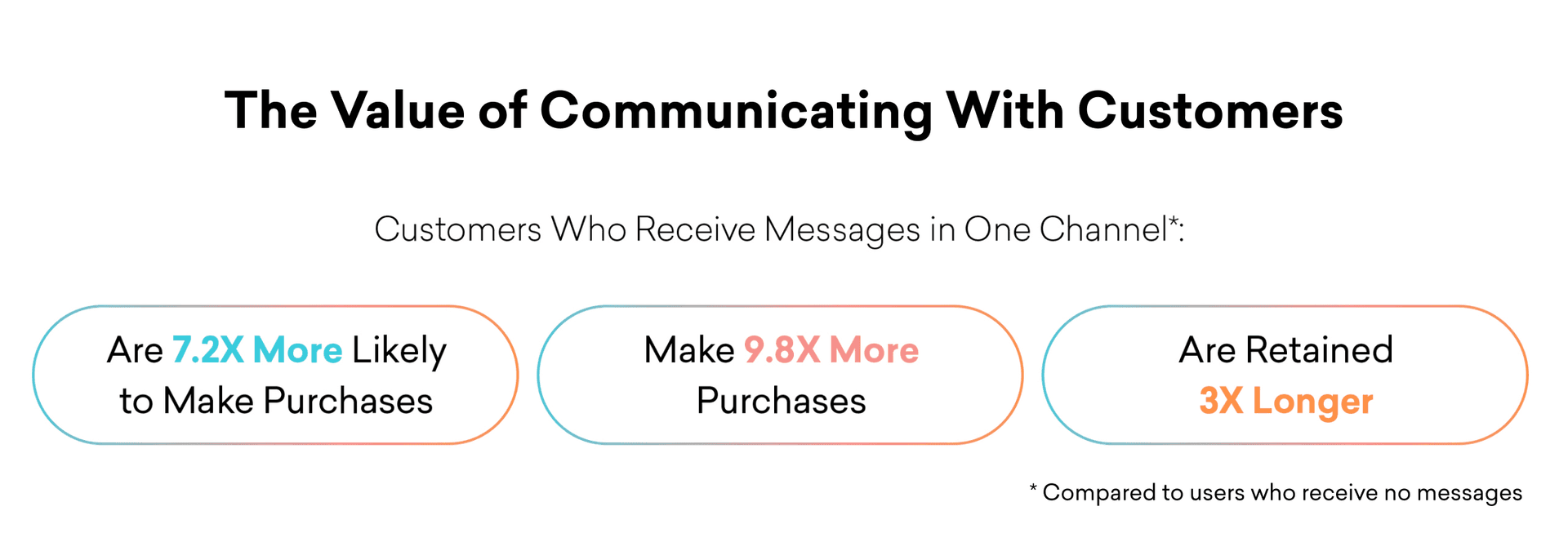
Our analysis revealed that single-channel messaging—when brands reach out to customers via only one messaging channel—generated a nearly 10X boost in purchasing and a 3X uplift in customer retention, compared to customers who did not receive any customer engagement outreach at all.
The Greater Benefits of Cross-Channel Customer Engagement
Where brands see the greatest lift, however, is when they use multiple channels as part of a comprehensive cross-channel approach, using a hybrid approach to cross-channel engagement.
While cross-channel engagement can refer to using a combination of any channels, a hybrid approach is one that prioritizes both in-product messages and out-of-product messages. Think of in-product messages as those that get deployed within a given experience you own, such as your app or website, while customers are actively browsing these owned digital properties. Out-of-product messages are those you may send to bring users back to your digital experiences, such as email campaigns, push (mobile and web), and text campaigns.
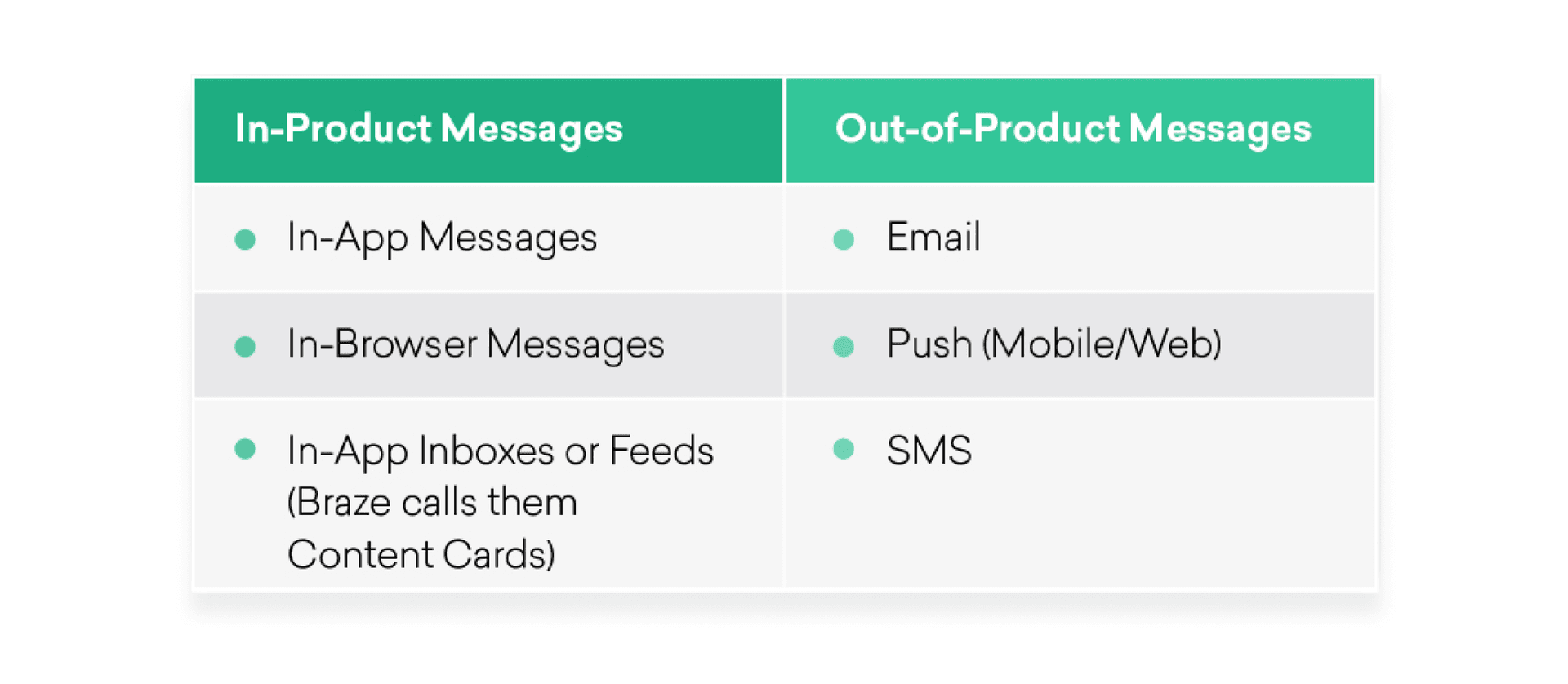
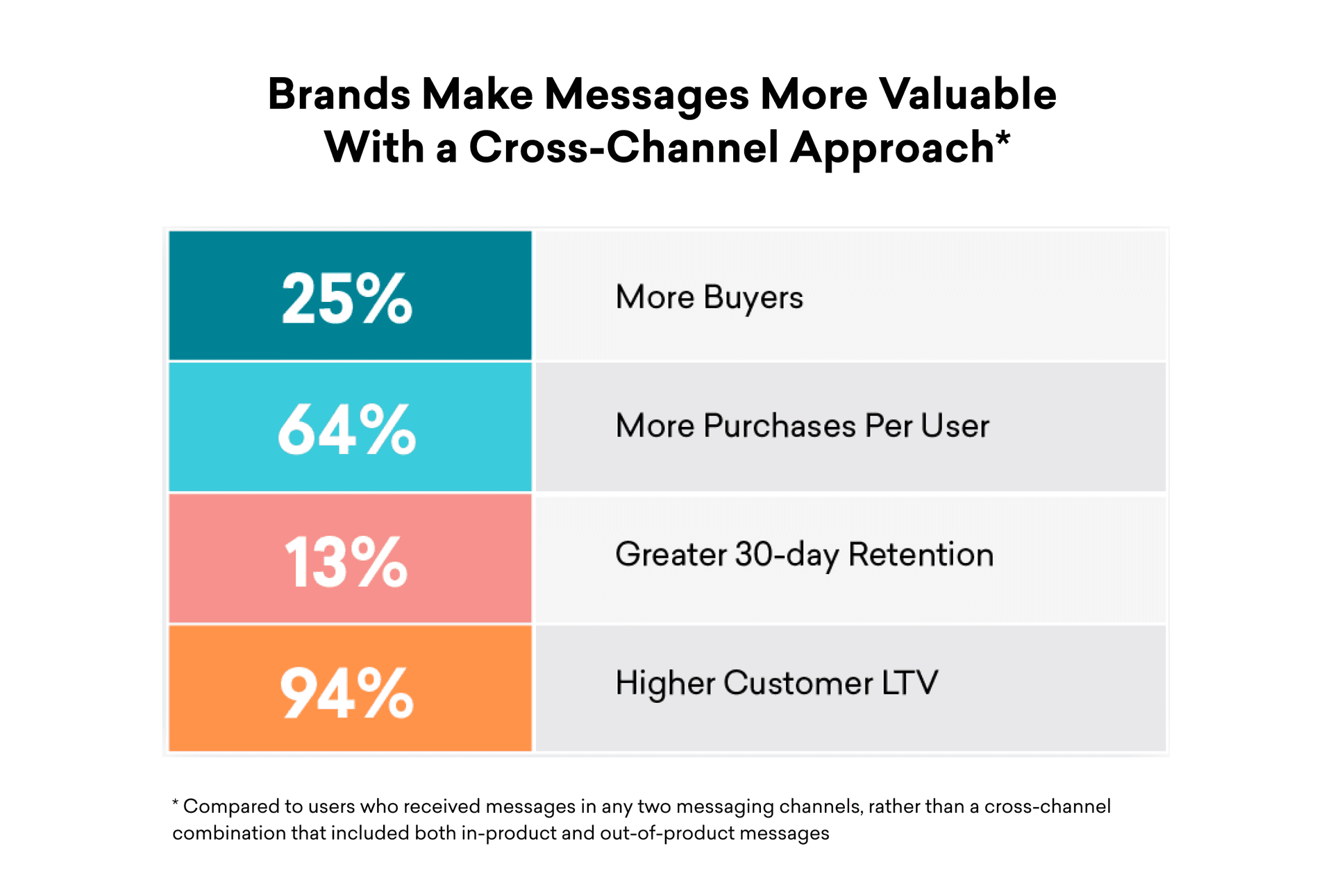
As part of our 2021 Global Customer Engagement Review, we tapped Wakefield Research to survey 1,300 marketing leaders at companies with a minimum annual revenue of $10M to learn more about their marketing performance, challenges, and priorities. Based on this study, we created the Braze Customer Engagement Index, a first-of-its-kind framework to help brands understand what factors have the greatest influence on customer engagement outcomes. As part of this framework, we developed a ranking of three levels of customer engagement maturity:
- Activate: Representing brands just getting started in launching customer engagement initiatives
- Accelerate: Representing brands with mid-level customer engagement approaches
- Ace: Representing the most advanced brands, with only 17% of companies studied having achieved this level
One of the key factors that we found that set Ace brands apart from the rest was the use of multiple channels. More than half of these companies use three or more channels as part of their customer outreach and our results show that these brands aren't simply delivering more email opens, clicks, or sessions.
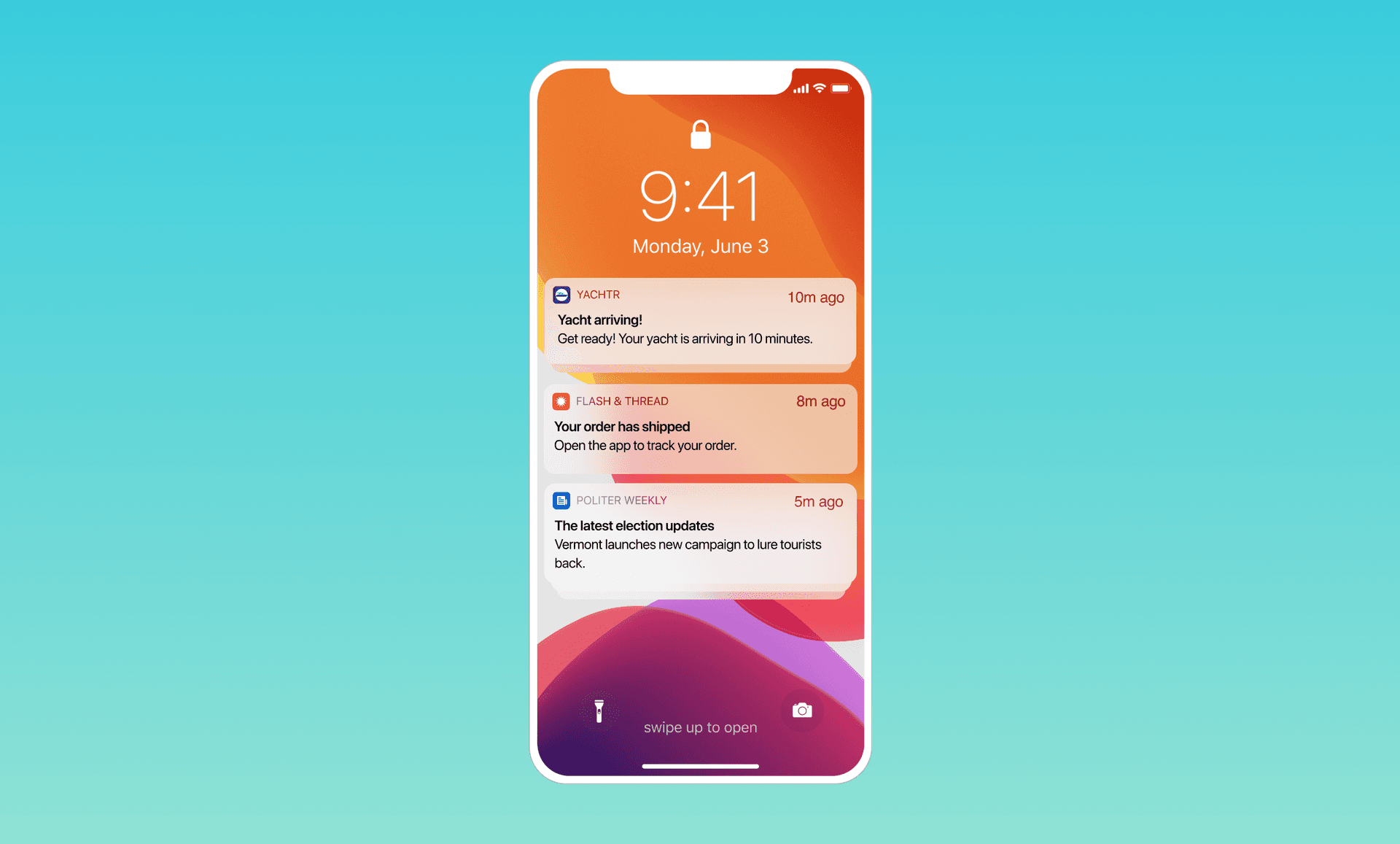
Final Thoughts
To find out how cross-channel customer engagement drives key business outcomes across the health and wellness, financial services, media and entertainment, QSR and delivery, and retail and ecommerce verticals, check out our 2021 Global Customer Engagement Review.
Related Tags
Be Absolutely Engaging.™
Sign up for regular updates from Braze.
Related Content
View the Blog
A day in the life of a data scientist on the BrazeAIᵀᴹ forward-deployed engineering team

McKay Jensen

The new inbox reality: How iOS changes are reshaping email marketing

Aparna Prasad

Experience optimization: Turning data insights into better journeys
